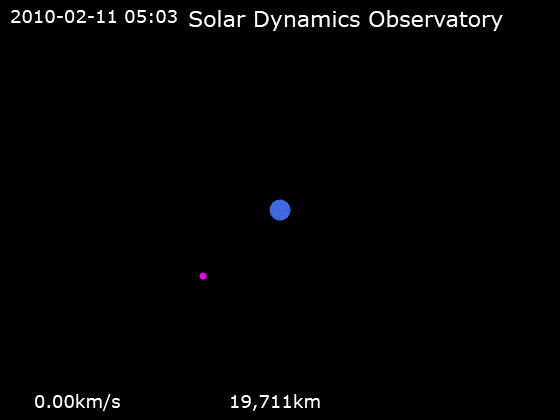First Images from Vera C. Rubin Observatory Set to Transform Astronomy

On June 23, 2025, at 15:00 UTC (11:00 EDT), the Vera C. Rubin Observatory in Chile will unveil its first astronomical images, marking a significant milestone in space exploration after over 20 years of development. This groundbreaking facility is equipped with the world's largest digital camera, boasting 3,200 megapixels, and aims to conduct a ten-year survey of the southern sky known as the Legacy Survey of Space and Time (LSST).
The LSST will capture images in near-ultraviolet, optical, and near-infrared wavelengths, effectively compiling a massive time-lapse of the Universe. Each section of the sky will be recorded approximately 800 times, generating around 20 terabytes of data daily. Over the duration of the survey, the observatory is expected to accumulate around 60 petabytes of raw image data, approximately double the data collected by the Murchison Widefield Array during a similar timeframe. This impressive data volume requires cutting-edge technology for transfer, processing, and storage, reflecting the observatory's innovative capabilities.
According to the National Science Foundation (NSF) and the U.S. Department of Energy (DOE), "Rubin's combination of speed, wide field of view, and sensitive camera expands the limits of what a telescope can do." They emphasize that no other telescope has previously been able to simultaneously detect both real-time changes in the sky and faint distant objects on such a vast scale. This unprecedented capability will allow astronomers to capture exceedingly rare celestial events for the first time.
The observatory was proposed in 2001 and has generated excitement within the astronomical community as it promises to answer fundamental questions about the Universe. The Rubin Observatory will provide a unique opportunity to observe transient phenomena and deep-sky objects that were previously too faint or ephemeral to detect. The anticipation for the first images has led to global live watch parties, allowing enthusiasts and experts alike to engage with this momentous occasion.
The livestream event can be accessed on platforms like YouTube, with additional watch parties organized worldwide, facilitating a collective experience for viewers. As the observatory embarks on its ambitious mission, experts argue that the insights gained from the LSST will likely redefine current understandings of cosmic phenomena.
Dr. Amy L. Jones, an astrophysicist at the California Institute of Technology, stated, "The ability to capture and analyze such vast amounts of data will enable us to explore questions about dark matter, dark energy, and the formation of galaxies in unprecedented detail."
Furthermore, the Rubin Observatory's contributions are expected to have implications beyond basic science, influencing fields such as cosmology, astrophysics, and even planetary defense strategies. As the world awaits the unveiling of these first images, the implications of the Rubin Observatory's work could resonate through the scientific community and beyond, paving the way for future discoveries that may reshape humanity’s understanding of the cosmos. In a statement, the NSF and DOE remarked, "We anticipate that Rubin is going to show us things about the Universe and answer questions that we haven't even begun to imagine."
The launch of the LSST is not just a scientific endeavor; it represents a cultural moment that unites people across the globe in a shared fascination with the universe. With its state-of-the-art technology and innovative approach, the Vera C. Rubin Observatory is poised to become a cornerstone of modern astronomy, pushing the boundaries of what is possible in our quest to understand the universe we inhabit.
Advertisement
Tags
Advertisement





